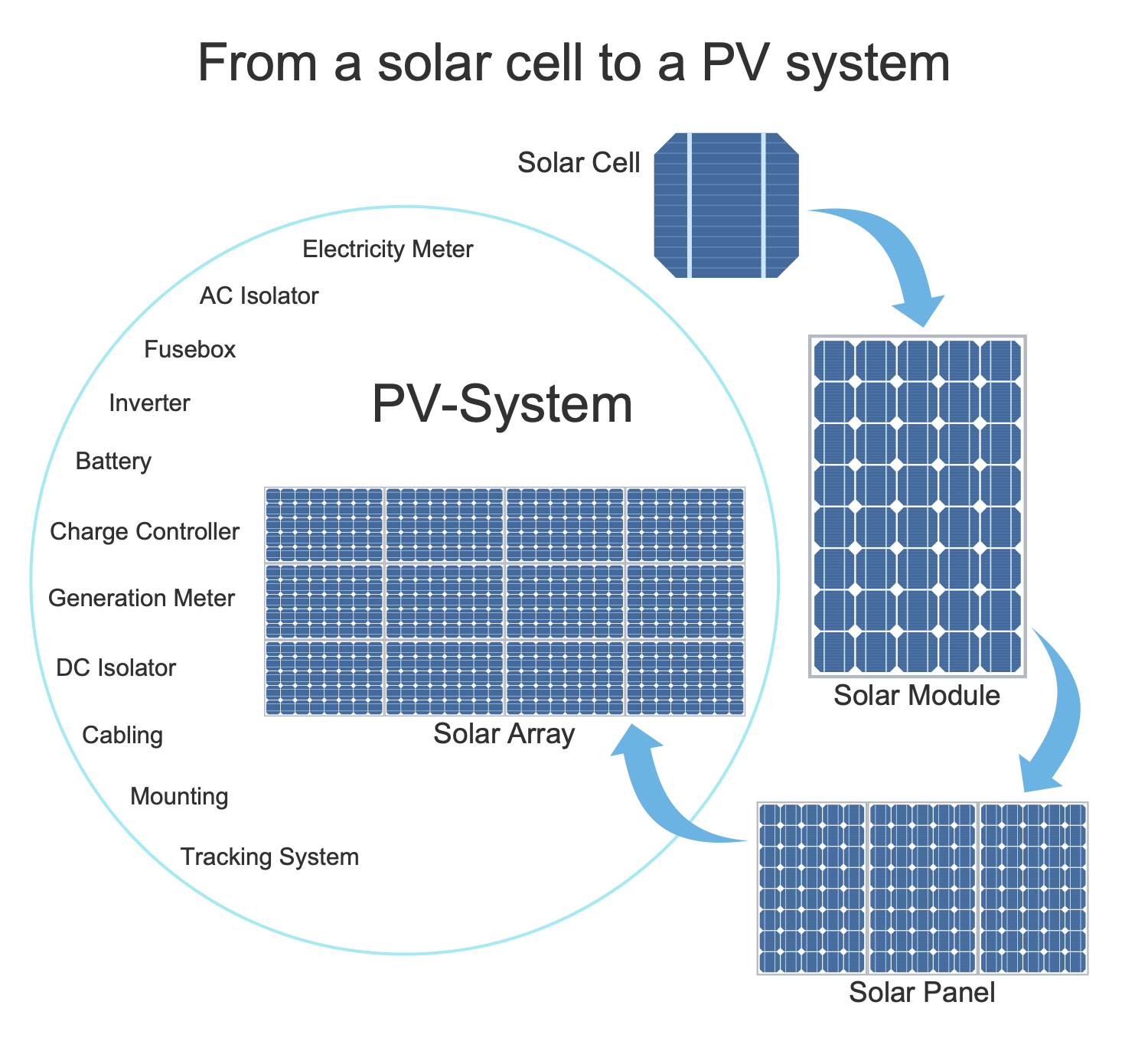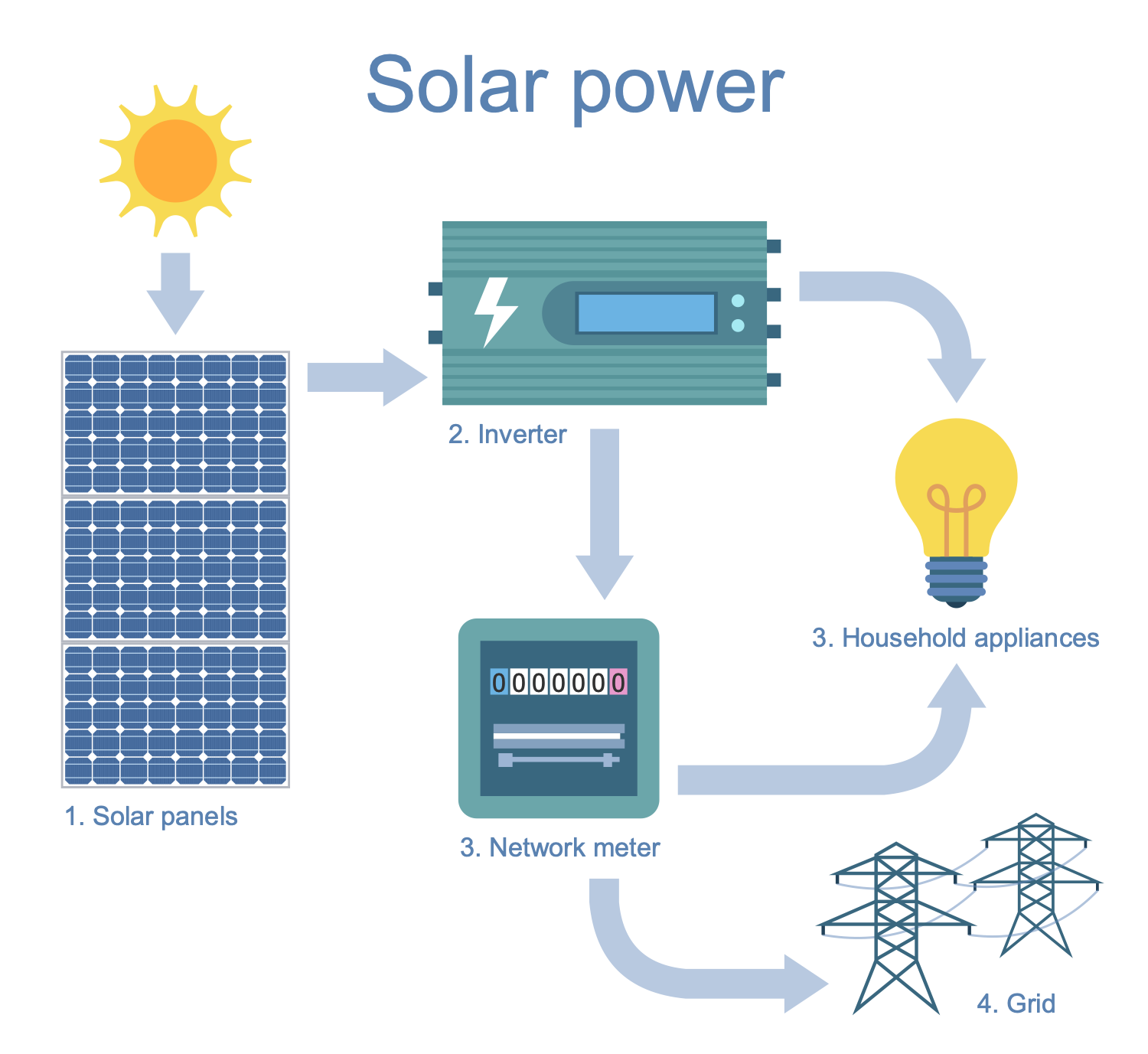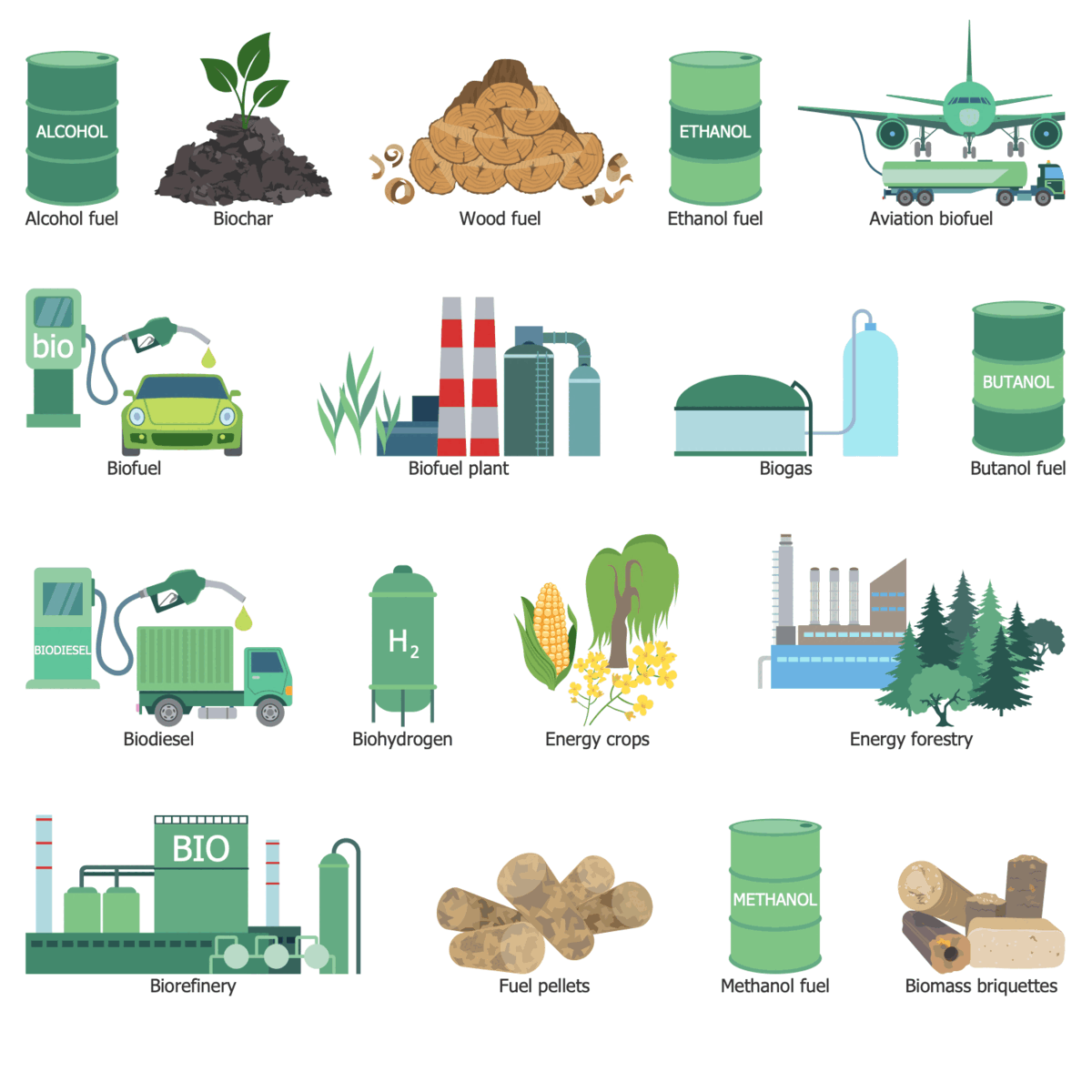How Do Solar Panels Work
Solar panels are developed to convert sunlight into a useful form of energy - electrical energy, using photovoltaic (PV) panels or mirrors concentrating solar radiation. Solar panels are usually installed on rooftops and wide areas forming solar farms.
Solar panels are made of many small interconnected units called photovoltaic cells. Each photovoltaic cell consists of two slices of semi-conducting material, usually silicon, which can conduct electricity while maintaining the electrical imbalance. One of the layers has a positive electrical charge and the other is charged negatively. Usually, phosphorus and boron are used accordingly as positive and negative doping agents for these layers to provide an electric field between the layers.
Photovoltaic cells have the property to absorb incoming sunlight and convert it into an electric current, creating an electric field at the junction between the layers. When sunlight hits the semiconductor in the solar PV cell, the energy from it in the form of photons is absorbed, knocks electrons free from atoms, energies them, and sets in motion. The electric field forces the loose electrons to flow through the solar cell in a direction of conductive metal plates located on the sides of the cell and collecting the electrons. At the out of the silicon junction, an electrical current is generated through the photovoltaic effect. Once the loose electrons hit metal plates, the current is then directed into wires and to an inverter. The current strength determines the amount of electricity produced by each cell.
Solar panels generate a direct current (DC), which then passes through an inverter to be converted into an alternating current (AC), accessible for everyday use and ready to be fed into homes, businesses, or other buildings attached to these solar panels. The AC is sent from the inverter to the electrical panel called a breaker box, from where it is distributed within buildings to power lights, appliances, and other electrical devices.
Solar systems offer large benefits to businesses and private property owners. They are safe, not emitting any toxins, greenhouse gases or fumes, and support local biodiversity. They create no noise and can be installed in a wide range of places.
All electricity goes through the utility meter. Solar energy is produced with different intensity, which depends on the time of day and year, and weather conditions. Solar panels react to the visible light spectrum and produce more electricity on sunny days. The times when the amount of produced energy is bigger than the used one, the excess electricity is credited and offered when vice versa the use of electricity is more than generating, for example, at night, on cloudy days, etc.

Example 1. How Do Solar Panels Work
ConceptDraw DIAGRAM charting and vector drawing software extended with the Green Energy solution is ideal for designing illustrations and infographics about clean and environmentally friendly solar power, solar panels, their types and features. Illustrate fast and easily how do solar panels work, the transition from a solar cell to a PV system, and other issues using the design elements from the solution's Solar Power library and successfully use the resulting infographics in work and private life.
Example 2. Solar Power
Green Energy solution provides 14 libraries with a variety of vector design elements:
- Alternative Fuel
- Bioenergy Feedstock
- Energy Crops
- Geothermal Power
- Power Plants
- Green Transport
- Hydrogen Economy
- Hydropower
- Power Technology
- Renewable Power
- Solar Power
- Tidal Power
- Wave Power
- Wind Power
Example 3. Green Energy Solution Libraries Design Elements
The Green Energy Infographics samples you see on this page were created in ConceptDraw DIAGRAM software using the drawing tools of the Green Energy Solution. These examples successfully demonstrate solution's capabilities and the professional results you can achieve using it. An experienced user spent 10-15 minutes creating each of these samples.
Use the powerful tools of the Green Energy solution to design your own Green Energy Infographics quick, easy and effective.
All source documents are vector graphic documents. They are available for reviewing, modifying, or converting to a variety of formats (PDF file, MS PowerPoint, MS Visio, and many other graphic formats) from the ConceptDraw STORE. The Green Energy Solution is available for ConceptDraw DIAGRAM users.

